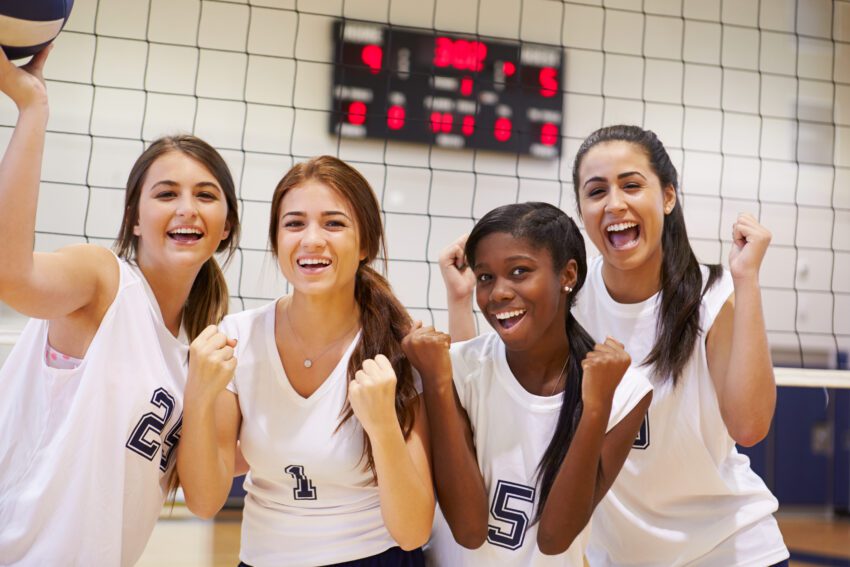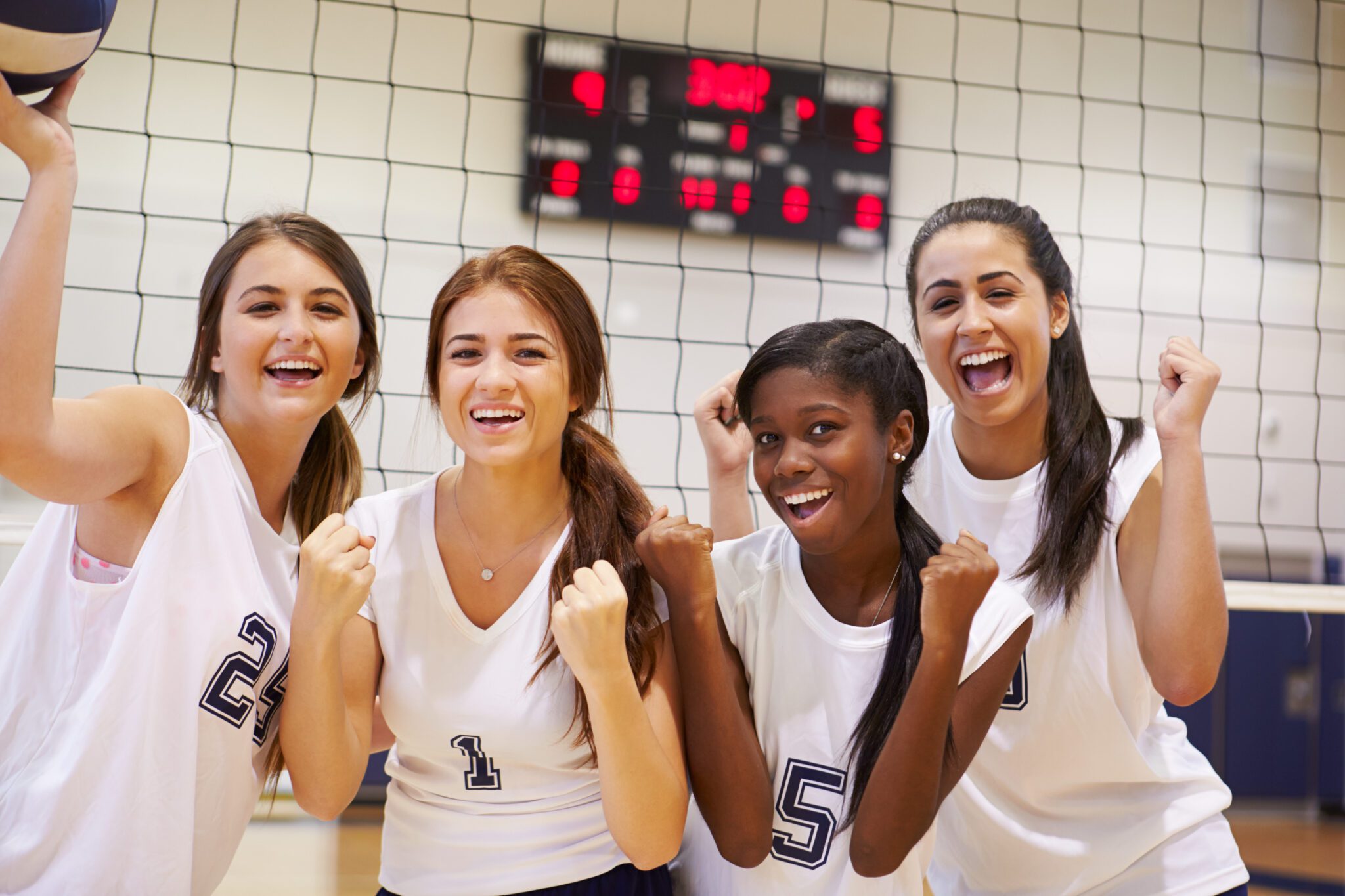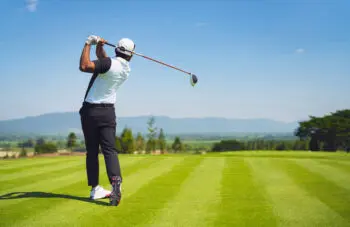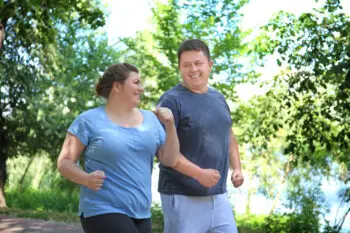Research and data show that children who participate in sports and team activities benefit in a variety of ways, including positive mental and emotional health. If your kids can be involved in sports, it is a wonderful opportunity, but there are a few things to keep in mind in order to protect their spine health — and mental health — for a lifetime. With that in mind, consider the following tips:
- Warm-ups and cool downs. Rather than jumping right into an activity, it’s important for children (and adults for that matter) to incorporate appropriate stretches and drills for warming up and cooling down muscles. Different sports may have a variety of options, so be sure to chat with your child’s coach about employing these for every practice.
- The right gear. It’s important to ensure your child has the appropriate gear for their sport. Proper shoes, knee pads, protective outerwear, and props all contribute to making sure the sport is being played safely and that children are protected.
- Cross-training. It can be easy to keep a single focus on the sport at hand, but it’s extremely important for athletes to cross-train. Strengthening all parts of the body to keep muscle balance and prevent overuse will go a long way. Be sure your child switches up workouts and safely employs cross-training techniques.
- Taking breaks. Taking appropriate rests during practice and in the days between practices is vital. No body is meant to workout hard every single day. Speak with your child’s coach and physician about the appropriate amount of rest time someone of their age needs to stay fit and healthy. Some doctors suggest taking several months off of training per year as well.
- Hydration and nutrition. Working hard means fueling right — and adolescent athletes need the right nutrition and enough water to compete well. Be sure your child is stocking up on plenty of fruits and vegetables, as well as full water bottles at all times. Generally speaking, 5 glasses for 5 to 8 year olds, 7 glasses for 9 to12 year olds and 8 to 10 glasses for 13+ years — adding more with extra sweating. These things contribute to keeping the body in good shape overall, relieving over-tiredness and bad form. In turn, the spine can be protected in a variety of ways.
- Sleep. With homework, friendships, jobs, and sports, it can be hard for kids to get enough sleep — but this is so important to performance and health in athletics. Children ages 6-12 should get 9-12 hours of sleep for night, while older children should get at least 8 if possible. Keep tabs on your child’s sleep schedule and make sure they aren’t stacking the deck too full.
These are just a few, simple tips to keep top-of-mind each time you enter a new athletic season. Print out this list or make a mental note to check all the boxes so you can keep your child healthy and thriving for years to come.




